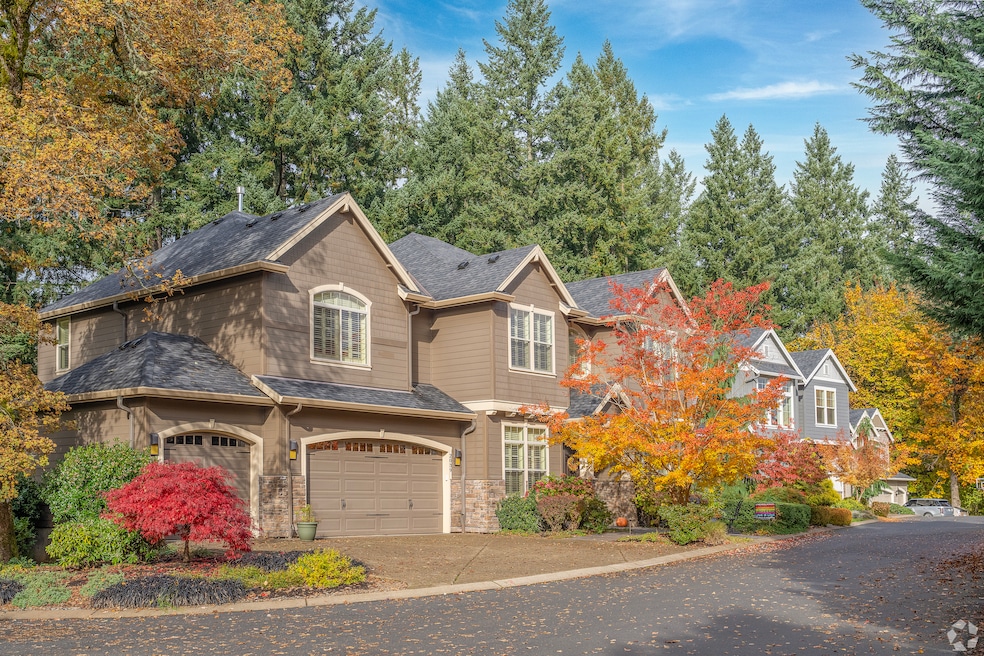Mortgage rate averages reversed course this week — clocking the first decrease since September.
In the week ended Oct. 9, the 30-year, fixed-rate mortgage averaged 6.3%. That's down from last week's 6.34% and last year's 6.32%, according to mortgage giant Freddie Mac.
At the same time, the 15-year, fixed-rate mortgage inched down to 5.53%, lower than the previous week but still higher than the comparable week a year earlier.
"Over the last few weeks, mortgage rates have settled in at their lowest level in about a year," Sam Khater, chief economist at Freddie Mac, said in a statement. "There is growing evidence that homebuyers are digesting these lower rates and gradually are willing to move forward with buying a home, which is boosting purchase activity.”
On a daily basis, the 30-year, fixed-rate mortgage was 6.36% and the 15-year, fixed-rate mortgage was 5.87% as of Thursday morning. Daily measures of mortgages are typically more volatile than averages, but this week, rates have stayed within a narrow range without much economic data to dictate significant changes.
Higher mortgage rates have borrowers opting for riskier loan option
As mortgage rates have inched higher in the past few weeks, more borrowers are opting for adjustable-rate mortgages or leaving the market altogether.
In the week ended Oct. 3, applications for mortgages decreased 4.7% from the previous week, according to data the Mortgage Bankers Association released Wednesday. That comes after a 21% decrease last week.
As fixed mortgage rates wormed their way higher, the share of ARMs increased. Data from the MBA found that buyers taking out a five-year ARM are able to secure a rate about a percentage point lower than 30-year fixed rates.
That "differential is leading more purchase and refinance applicants to consider ARMs," according to a statement from Mike Fratantoni, the association's chief economist.
Unlike fixed-rate mortgages, which come with a set interest rate, ARMs are characterized by their variable rates. An ARM allows a borrower to lock in one rate for a set period — five or seven years, for example. After that period lapses, the rate will move according to the market benchmark the lender has chosen, creating a degree of risk for borrowers.
Taking a bigger-picture look, though, shows how the overall downward trend in mortgage rates this calendar year has boosted activity, Fratantoni added.
“With mortgage rates on fixed-rate loans little changed last week, refinance application activity generally declined,” he said. “Refinance volume remains somewhat elevated relative to levels of a month ago. Purchase activity declined by about 1 percent for the week but continues to show moderate growth on an annual basis and stronger growth for FHA loans, favored by first-time homebuyers."

